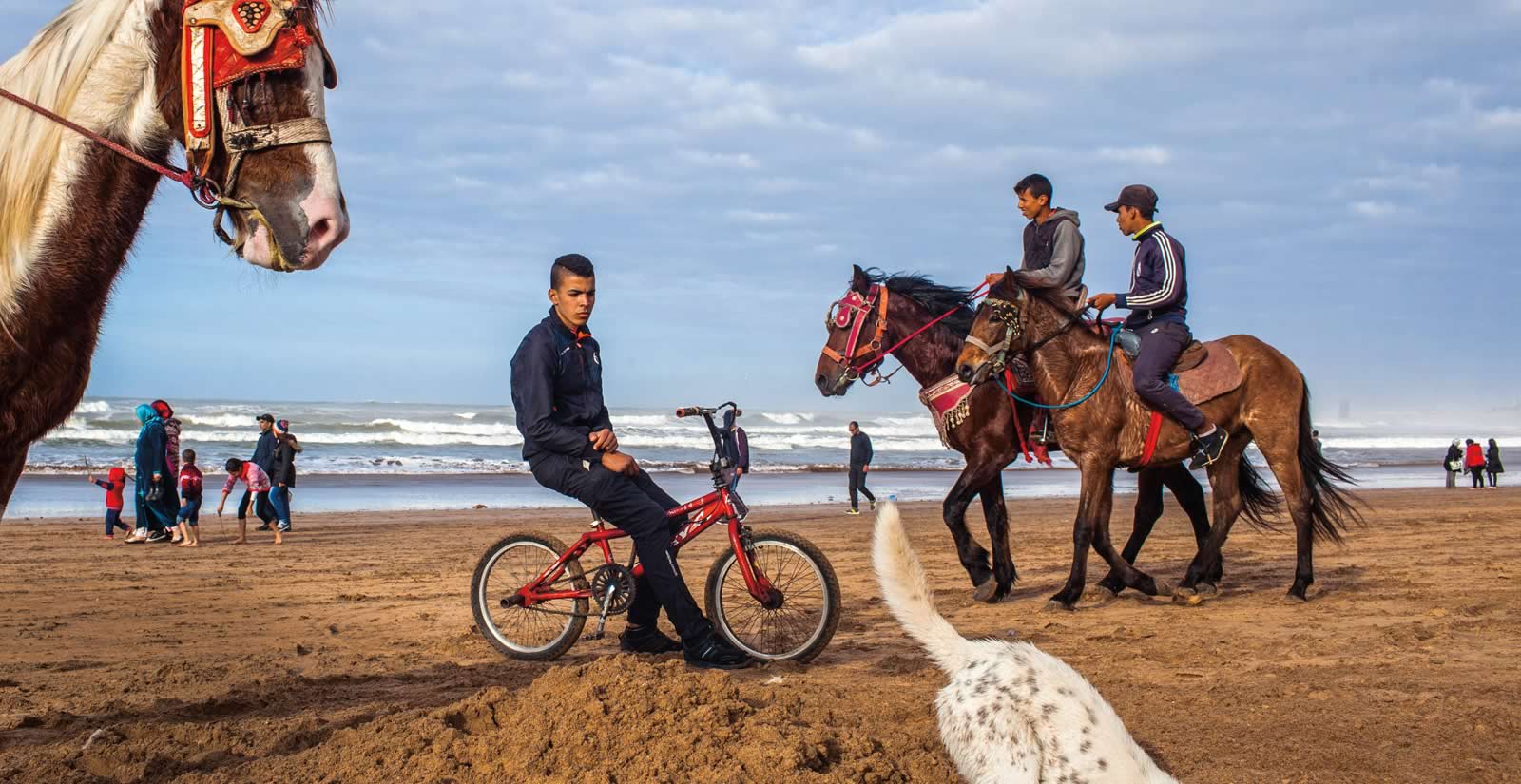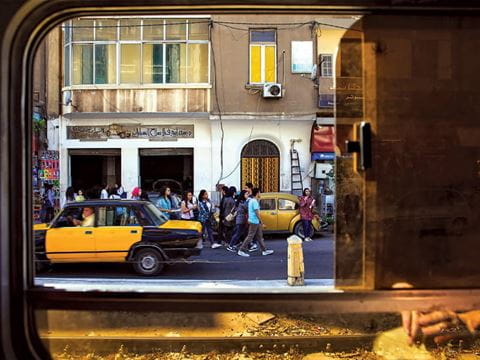
FirstLook: Casablanca Not the Movie
I love walking the beach in Casablanca. Earlier this year I saw a dog digging a hole into the sand. The scene grabbed my attention, and I began to take a couple of pictures. When a boy rode up on a horse behind me to watch what was happening, I quickly took three steps back, placing the horse in the left of the frame, and made this photograph.
I love walking the beach in Casablanca. Earlier this year I saw a dog digging a hole into the sand. The scene grabbed my attention, and I began to take a couple of pictures. When a boy rode up on a horse behind me to watch what was happening, I quickly took three steps back, placing the horse in the left of the frame, and made this photograph. To me this photo represents Casablanca—chaotic yet organized at the same time. It is part of my series “Casablanca Not the Movie,” which I began in 2014 as a love letter to the city that has inspired me the most. The group of images show a truthful representation of Casablanca that you won’t get from Hollywood: one of diverse cultures, people, traditions and urban development.
—”Yoriyas” Yassine Alaoui Ismaili
www.yoriyas.com
@yoriyas
You may also be interested in...

How to Discover Egypt From the Inside Out
Arts
Rather than just telling travelers where to go, the guidebook Egypt: Inside Out by Trevor Naylor offers an inside-out perspective that evokes the experience of being there, inviting readers to embrace an almost meditative travel discipline of slowing down to take in the details and complexities of Egypt, moment by moment.
Spotlight on Photography: Arabs In America
Arts
In 1975 AramcoWorld dedicated an entire issue to celebrating the lives of Arab Americans and their impact—from renowned heart surgeon Michael DeBakey to White House correspondent Helen Thomas to entertainer and St. Jude Children’s Research Hospital founder Danny Thomas.
AramcoWorld: 75 Years of Visual Storytelling Through Photography
Arts
History
Part 2 of our series celebrating AramcoWorld’s 75th anniversary this year highlights “visual vagabonding”—the magazine’s expanded use of vibrant images over the decades to fulfill the mission of cultural connection.